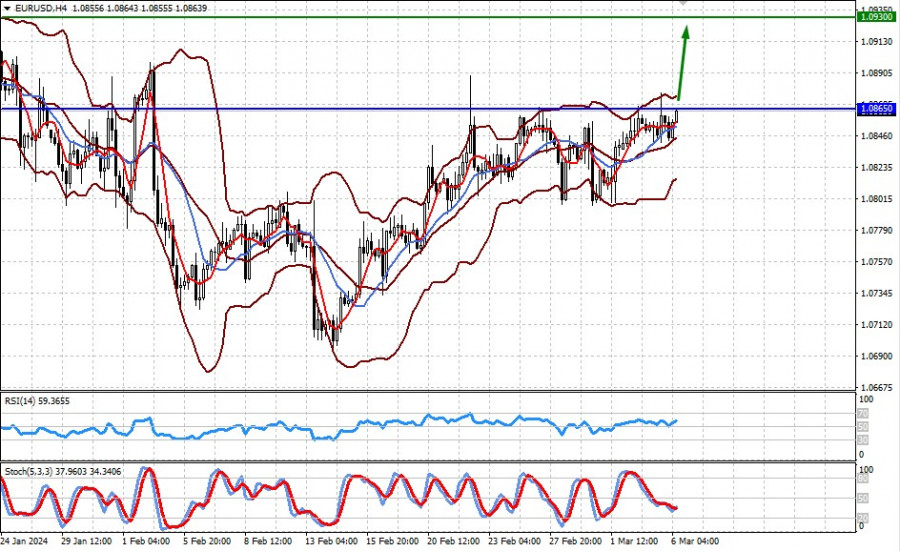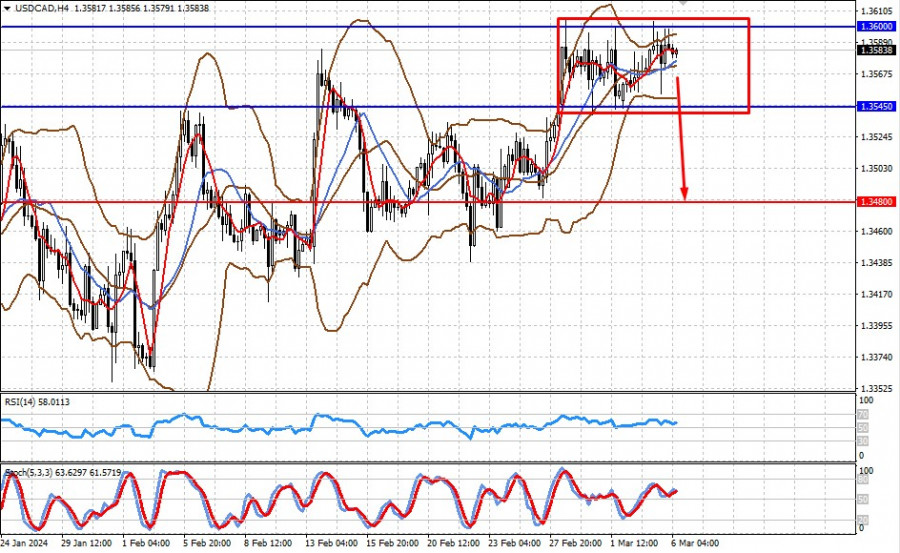
The latest data on the American economy suggests that the US is struggling to maintain sustainable economic growth, which could lead the Federal Reserve to consider reducing interest rates as soon as its meeting in May.
On Tuesday, the services PMI showed a decrease in February compared to January's figures. Additionally, factory orders, which continue to fall into negative territory, and the non-manufacturing sector's index (ISM) performed worse than expected. Combined with a significant GDP decline in the fourth quarter of last year, these factors raise an implicit question in the market: if not now, then when should the gradual reduction of interest rates begin?
Federal Reserve Chairman Jerome Powell starts a two-day Congressional testimony today, where he is likely to be questioned not only about the current real state of the American economy and its prospects but also about when the regulator might begin lowering the current interest rate levels. The Fed is currently in a liminal state. On one hand, the situation in the economy remains extremely bleak. Huge government military contracts do not solve the problem of overall employment and sustainable income. The overall state of the economy is gradually deteriorating, also influenced by the high cost of borrowing or interest rate levels.
However, the monetarist approach requires inflation to be brought down to around 2%, but until that happens, the economy could face serious problems that will then need to be addressed by injecting unsupported funds. This could lead to a new wave of inflation, presumably causing a vicious cycle surrounding inflation figures.
The market believes that Powell, in his Congressional testimony, will indicate a reluctance to start reducing rates immediately. We agree with this view as before acting, it is necessary to wait for a stable trend at least.
Today, employment data from ADP and the number of job openings in the US labor market (JOLTS) for January will be published. ADP's figures are expected to show an increase in new jobs to 149,000 from 107,000 the previous month, which is still a negative value as it is below the key benchmark of 200,000. JOLTS is also expected to show a decrease in job openings in January to 8.800 million from 9.026 million the month before.
How might the US dollar react today to Powell's Congressional testimony and labor market statistics? We believe that negative news will put pressure on the dollar's exchange rate, but if Powell's words contain nothing about the possible timing of rate cuts, we can expect high volatility followed by the maintenance of the current status quo, as the data and content of the speech will simply offset the negative with the positive.
However, if the data are worse than expected and the Fed chief indicates that a rate cut may be expected in May, the dollar will continue to fall amid lower Treasury yields, and the US stock market will receive a new wave of optimism, spilling over to European and Asian markets.
Daily forecast:


EUR/USD
The pair, in anticipation of the ECB maintaining interest rates unchanged and the forthcoming start of rate cuts in America, might surpass the level of 1.0865 and head towards 1.0930.
USD/CAD
The pair is consolidating in anticipation of the outcome of the Bank of Canada's meeting. Rates are expected to remain unchanged. In addition, the anticipation of the start of rate cuts in the US and their maintenance in Canada could help the pair break the support level of 1.3545 and fall to 1.3480.